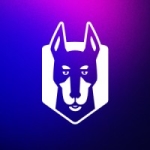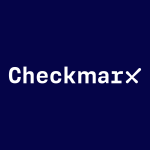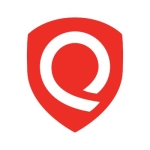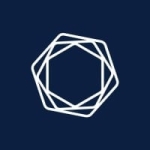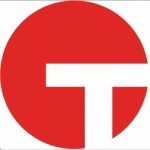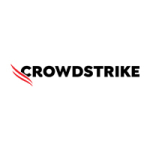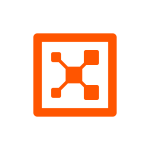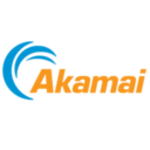We leverage SentinelOne Singularity Cloud Security for cloud security posture management, which continuously monitors our cloud configuration for vulnerabilities. When SentinelOne Singularity Cloud Security detects an issue, we prioritize the alert from our cloud-native security solution and route it directly to the DevOps team for remediation.
We have SentinelOne Singularity Cloud Security deployed on AWS, Azure, and GCP.
SentinelOne Singularity Cloud Security has significantly reduced the number of false positives in our cloud-native security environment from 30 percent down to five percent. This is especially helpful since we receive notifications and alerts from various sources like AWS and Cloudflare, all with their own security policies. With SentinelOne Singularity Cloud Security, I feel confident that these alerts are accurate, reducing the workload on our security team and giving us peace of mind for the past two years.
The threat detection capabilities have improved our overall security by safeguarding our cloud data transfers, and protecting both incoming and outgoing files.
With a large number of domains under our management, SentinelOne Singularity Cloud Security's incident response feature is crucial for identifying and swiftly addressing any data corruption issues that may arise within them.
SentinelOne Singularity Cloud Security has a user-friendly interface, making it a breeze to learn the fundamentals and navigate the dashboard.
Our Infrastructure as Code effectively identifies potential problems in templates and configuration files during the preproduction phase. This information is then relayed to our support team who can address these issues proactively.
Before implementing SentinelOne Singularity Cloud Security, our cloud security was inadequate, resulting in inaccurate data visibility. To ensure complete data encryption and client invisibility, we adopted SentinelOne Singularity Cloud Security, which successfully secured our cloud environment.
Reducing false positives has strengthened our security posture. While we transitioned from Prisma Cloud to SentinelOne Singularity Cloud Security for our GCP and AWS environments, Prisma offered more advanced features. However, SentinelOne Singularity Cloud Security prioritizes customer requests, addressing security needs faster than Prisma's release cycle, ultimately improving our security efficiency.
SentinelOne Singularity Cloud Security has strengthened our risk posture by implementing access controls to ensure only authorized personnel can reach our data, and by safeguarding it to minimize security risks.
SentinelOne Singularity Cloud Security has reduced our mean time to detection by 15 percent.
The implementation of SentinelOne Singularity Cloud Security has improved collaboration between our cloud security application developers and AppSec teams. By granting those teams write access, SentinelOne Singularity Cloud Security streamlines interaction and fosters a more efficient working environment.
Our engineering time has been saved thanks to the visibility that SentinelOne Singularity Cloud Security provides.
The visibility SentinelOne Singularity Cloud Security provides into the Cloud environment is a valuable feature.
The user interface is well-designed and easy to use, and retrieving data is smooth and effortless.
SentinelOne Singularity Cloud Security's cloud filtering has a limitation: implementing single sign-on requires a pre-class account feature, which is currently not available.
I have been using SentinelOne Singularity Cloud Security for one year.
I would rate the stability of SentinelOne Singularity Cloud Security seven out of ten. It is stable when it comes to securing our data.
I would rate the scalability of SentinelOne Singularity Cloud Security eight out of ten. We have scaled many times.
The technical support team is both responsive and efficient, promptly resolving our issues.
While Prisma Cloud initially managed our cloud security, their slow feature implementation ultimately led us to switch to SentinelOne Singularity Cloud Security. SentinelOne Singularity Cloud Security's responsiveness in delivering the features we need has been a major improvement. Also, the visibility and dashboard of SentinelOne Singularity Cloud Security are superior.
The deployment of SentinelOne Singularity Cloud Security spanned several weeks as each cloud platform we deployed it on required one to two weeks for the process to complete.
SentinelOne Singularity Cloud Security is affordable.
I would rate SentinelOne Singularity Cloud Security seven out of ten.
We have around 20,000 users and have SentinelOne Singularity Cloud Security deployed in multiple locations.
While SentinelOne Singularity Cloud Security does require maintenance, our engineering team prioritizes keeping it up-to-date to ensure the accuracy and security of the data that underpins our cloud security posture.
I recommend SentinelOne Singularity Cloud Security to others.








